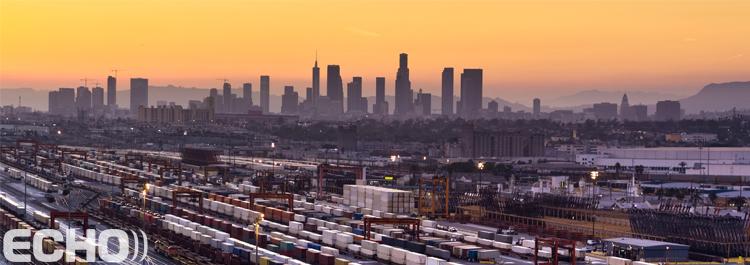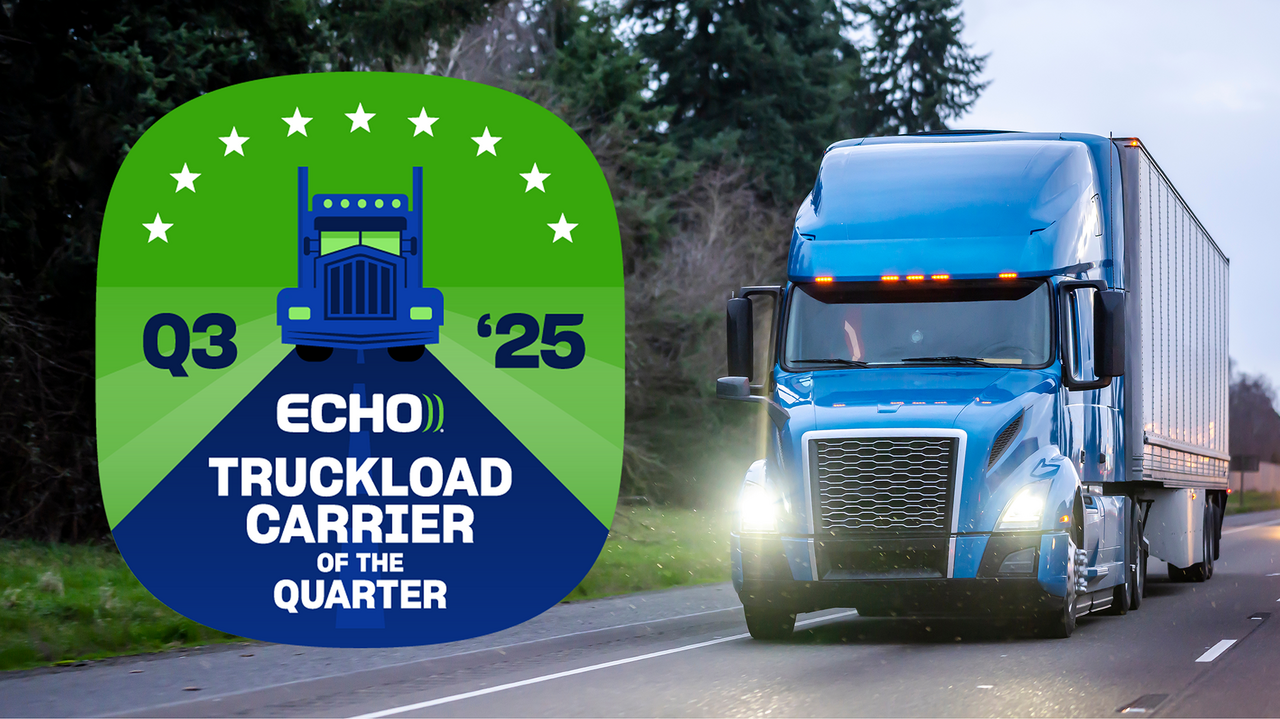Why should you consider shipping Intermodal? Intermodal Rail offers a variety of benefits and can be a great option for shippers. The ideal Intermodal shipment is 43,500 pounds or less. You can ship a variety of commodities on rail, including food and beverages, electronics, construction equipment, and even chemicals. Air-ride train cars decrease the chance of damage, and trains are easily tracked electronically for frequent shipment updates.
Additionally, when adverse weather impacts the transportation industry, including truckload capacity and rates, Intermodal Rail is a great alternative for truckload shipments. This article will walk you through the benefits of Intermodal transportation.
Intermodal Rail Basics
For certain shipments, it makes more sense to use Intermodal Rail. You can and should use this mode when your shipment:
- Travels over 500 miles
- Weighs under 43,500 pounds
- Can be loaded into a container/trailer up to 53 feet in length
- Has a flexible transit schedule
Intermodal Rail Offers Variety
Intermodal Rail also offers a variety of equipment choices, which means lower rates, and equipment is “exclusive use,” which means freight is not mixed. The farther the shipment is going, the less Intermodal Rail costs compared to Full Truckload. Though just-in-time deliveries and guaranteed transit shipments are a better fit for truckload, Intermodal Rail is quicker than most shippers think. If the delivery date is flexible by a few days, intermodal is a good option.
Intermodal Rail Means Easy Pickups and Deliveries
Intermodal rail provides the option of a drop pool or container pool program. Here’s how it works:
- Under a drop pool program, drayage carriers can drop off a container at the shipment’s origin to enable pre-loading of freight before another drayage carrier returns to pick up the container to be loaded onto a train. This helps increase on-time pickup and delivery percentages.
- With a container pool program, drayage carriers drop off an empty container and pick up a loaded container at the same location at the same time. This creates a pool of containers at the shipper’s location, enabling fast, easy pickups and deliveries.
Intermodal Rail is Greener
Intermodal Rail is the greenest method of transportation in use today. Not only does it reduce highway congestion and infrastructure degradation, but it also moves tons of freight on less fuel than trucks use. Even when fuel prices are low and truck capacity is loose, Intermodal Rail provides benefits to the environment and to shippers looking to reduce their carbon footprint.
Echo’s Commitment to Intermodal and the 3PL Advantage
As a knowledgeable and leading multi-modal provider in the logistics industry, Echo is dedicated to internal training and continuous education. With our strength and commitment to Intermodal services, our rail partners seek opportunities to educate our organization on their service offerings. Echo believes in multi-modal education and having representatives from different Intermodal companies share their latest offerings helps us provide the best solutions for our clients.
Why should you consider shipping Intermodal? When it comes to Intermodal Rail, partnering with a third-party logistics (3PL) provider can increase efficiency and lower costs. Railroad companies do not market directly to beneficial owners (that is, the owner of the freight being shipped), but 3PLs like Echo have the relationships and contracts necessary to secure lower rates, greater capacity, and better flexibility when it comes to equipment and transit options across the country.
To learn how Echo can help you leverage Intermodal shipping, contact an Echo representative today at 800-354-7993 or info@echo.com.
For informational purposes.


